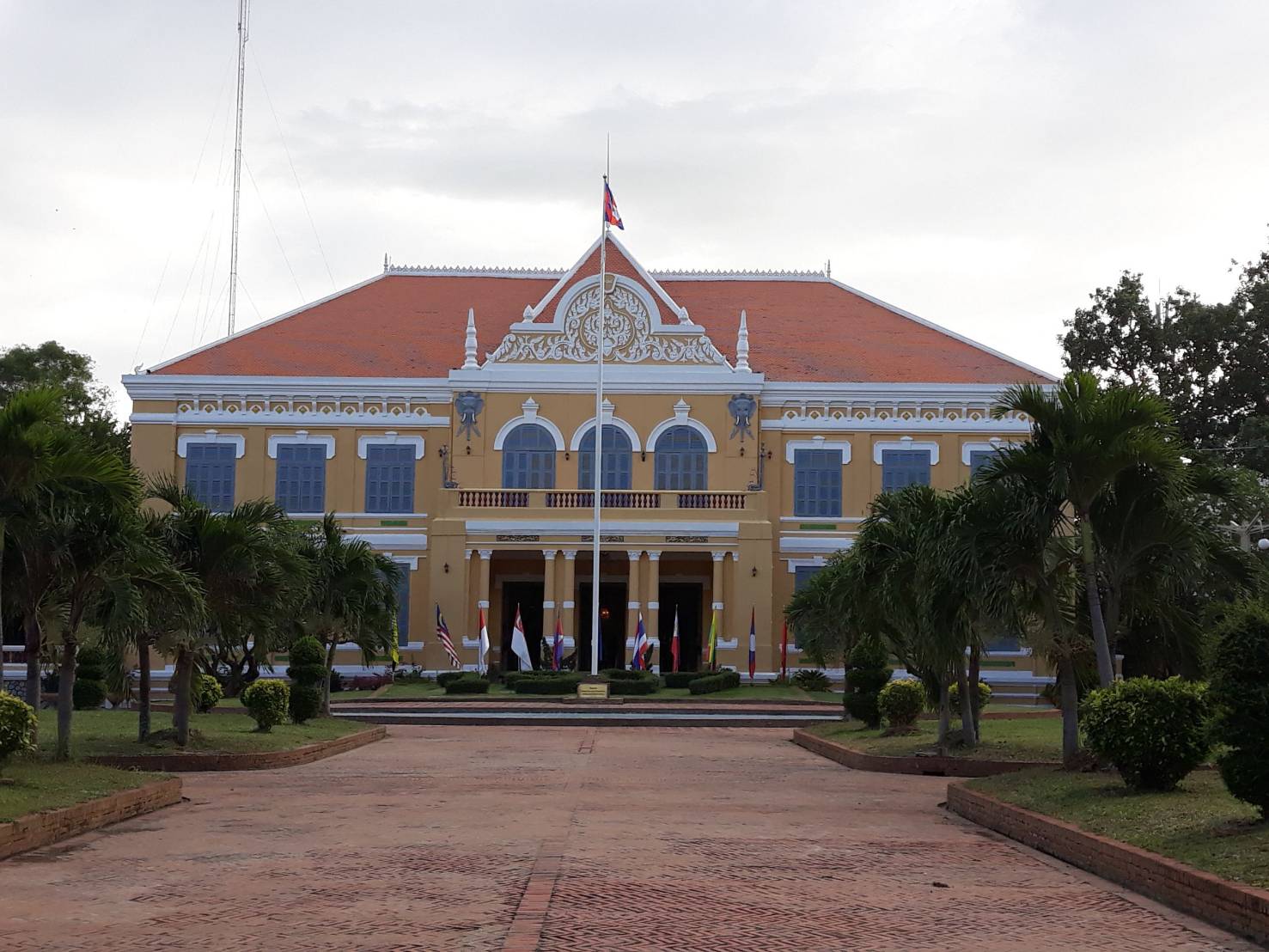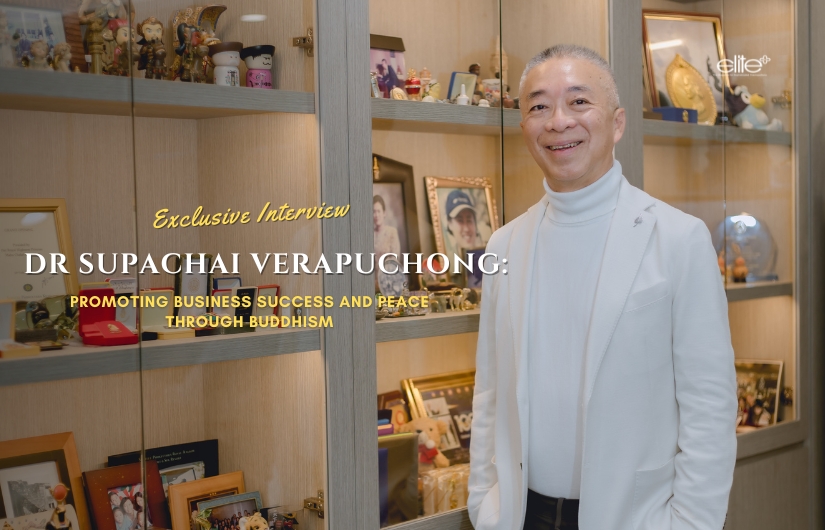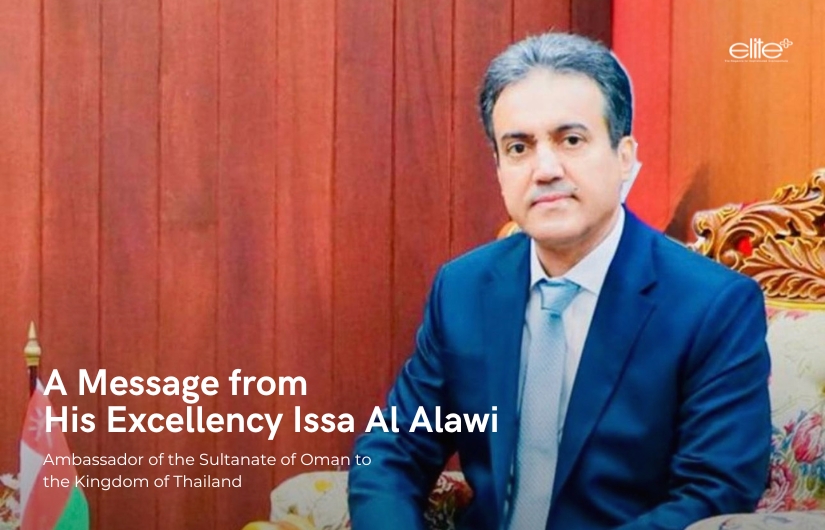In his book Khmer, MR Kukrit Pramoj wrote about travelling to Cambodia in the 1950s and how it was so different from its neighbour Thailand. Today, while it shares many customs, it still is quite different and offers many wonderful overland excursions, like the trip from the Ban Phakkat border crossing to Battambang, which takes just a few hours.
After crossing the border in Chantaburi, you’ll soon arrive at quickly developing Pailin, once the capital of the Khmer Rouge after they were forced out of Phnom Penh by the invading Vietnamese. Further along the road on the right, you’ll see a limestone outcrop, Phnom Sampeu, with a Buddhist temple complex at the top and the infamous Killing Caves halfway up. Now, a site for pilgrimage, during the heinous rule of the Khmer Rouge, these caves were execution sites. Next to a serene reclining Buddha, a glass case holds the skulls and bones of some of those who were bludgeoned by the cadres. Back on the road, the vista turns into verdant green and gold paddies of rice, considered the finest of Cambodia if not the world.
Krong Battambang, set along the Sangkae River, feels more like a welcoming, tranquil village than Cambodia’s largest provincial capital after Phnom Penh. First settled in the 11th century, during the reign of Angkor, Battambang province and much of the northwest, including Siem Reap, which means Siam defeated, fell under the domination of Siam (Thailand) for over 100 years, 1795-1907. Then, this region known as Inner Cambodia was incorporated into French Indochina, and the city of Krong Battambang underwent its first wave of colonial urban development. A well-planned street grid included two stone bridges that still span the Sangkae River at the northern and southern ends of the waterfront.
.jpg)
A second phase began maybe ten years later with the construction of the train station to serve the railway running between Battambang and Phnom Penh and later Battambang and Poipet on the Cambodian-Thai border. After falling into disrepair, a new railway has been built once more between Battambang and the capital. In the not too distant future, it will again connect Thailand to Phnom Penh and Sihanoukville on the Thai Gulf coast. In the past, certain stretches operated as the Bamboo Railway with villagers riding upon norries, improvised bamboo-strip platforms on wheels powered by engines running along the old tracks. Some say these will run again parallel to the new railway so visitors can experience a little of what rural Battambang life was like not so long ago.
Today, Battambang has some of the best preserved French colonial architecture in Cambodia, particularly the villas along the riverfront. Even older and featuring Thai-European colonial design and wonderful European-inspired tropical gardens is the restored former residence of the provincial governor, Sala Khet, constructed in 1830. Another city landmark is the art-deco Psar Nat central market. Designed by French architect Jean Desbois, it has been operating since 1936 and nearby, are charming French-style shop houses with their balconies and louvered shutters where families still conduct business downstairs and reside upstairs. The French-built train station is also quite interesting as are the aging Chinese trading houses in the old commercial quarter. Now, a centre for art and culture as well as business and education, Battambang captivates many of its visitors so much that they never leave.
Another attraction of interest is the White Elephant Temple, Wat Damrey Sor. Built in 1904 at the urging of one of the wives of the Thai Lord Governor Choom, the viharn, or sermon hall, features a number of Thai Buddhist elements in its design. When constructed, like most Buddhist temples, it would be entered from the east, but now, that entrance is blocked by the Provincial Museum which faces the riverfront. While the collection is not vast, you will see some exquisite Angkorian relics, bas-reliefs, sculptures and lintels recovered from archaeological sites around the region.




















































































































































































































































































































































































































































































































































































































































































































































































































































































































